Introduction
A bright, white smile is something many people aspire to achieve. It is often associated with good health, youthfulness, and confidence. With the growing number of whitening products and treatments available, it’s easy to see why so many are looking for ways to achieve a brighter smile. However, the key to maintaining a white smile is not only whitening treatments but also a solid dental hygiene routine. Proper brushing plays a significant role in preserving the color of your teeth and complementing your whitening efforts.
Brushing your teeth effectively isn’t just about removing food particles and plaque—it’s an essential part of any whitening regimen. When combined with whitening treatments, proper brushing ensures that your smile stays as bright and healthy as possible. In this article, we will explore how effective brushing can work hand in hand with whitening treatments, focusing on the best brushing techniques, the differences between whitening toothpaste and traditional toothpaste, and why brushing after whitening treatments is crucial. By the end of this article, you’ll have a clearer understanding of how to integrate brushing into your whitening routine for optimal results.
Best Brushing Techniques for Preserving Tooth Color
Brushing your teeth is one of the simplest and most effective ways to maintain a bright smile. However, brushing the right way is essential for preserving tooth color, especially when using whitening treatments. Here’s a look at some of the best brushing techniques to preserve the brightness of your teeth.
1. Choose the Right Toothbrush
Choosing the right toothbrush is the first step toward preserving your tooth color. Both manual and electric toothbrushes can be effective, but many dental professionals recommend electric toothbrushes for their ability to remove plaque more efficiently. Electric toothbrushes often have built-in timers to ensure you brush for the recommended two minutes, which is crucial for thorough cleaning. The bristles should be soft or medium to avoid damaging the enamel on your teeth while effectively cleaning them.
2. Use Fluoride Toothpaste
Fluoride toothpaste not only helps in whitening but also in preventing cavities and maintaining healthy enamel. While some whitening toothpastes contain abrasives that help scrub away surface stains, fluoride toothpaste provides an additional layer of protection against tooth decay, which is vital for long-term oral health. Choosing a fluoride toothpaste that is gentle on your enamel while effective at removing surface stains can help preserve the whiteness achieved from treatments.
3. The Circular Motion
When brushing your teeth, it’s important to use the proper technique to avoid damaging the enamel. The best technique involves brushing in gentle, circular motions rather than scrubbing back and forth. Scrubbing too hard or too aggressively can wear down the enamel over time, which may lead to sensitivity and discoloration. Circular motions help remove plaque and food particles without causing abrasion, ensuring your teeth stay clean and white.
4. Focus on Problem Areas
Certain areas of the mouth are more prone to discoloration, such as the spaces between the teeth and along the gum line. Pay special attention to these areas when brushing to remove any buildup that could lead to staining. For hard-to-reach spots, consider using an interdental brush or floss to thoroughly clean between your teeth. Regular flossing also helps prevent plaque buildup, which can contribute to yellowing and staining.
5. Don’t Forget Your Tongue and Roof of Mouth
The tongue and roof of your mouth can harbor bacteria and food particles that contribute to bad breath and can affect the appearance of your smile. Brushing these areas gently as part of your daily routine can help maintain a clean mouth and enhance the whiteness of your teeth. A tongue scraper can also be a useful tool for removing buildup on the tongue.
6. Timing Your Brushing
Brushing your teeth twice a day—once in the morning and once before bed—is essential for maintaining a clean mouth. After meals, it’s important to wait at least 30 minutes before brushing, especially if you’ve eaten acidic foods like citrus or tomatoes. Brushing immediately after consuming acidic foods can cause enamel erosion. Waiting for 30 minutes allows your saliva to neutralize the acids, protecting your enamel while you brush.
Whitening Toothpaste vs. Traditional Toothpaste
A common question many people have when it comes to teeth whitening is whether whitening toothpaste is necessary or if traditional toothpaste will do the job. While both types of toothpaste have their benefits, there are important differences between the two that can impact the appearance of your smile.
What Is Whitening Toothpaste?
Whitening toothpaste is designed specifically to remove surface stains from your teeth. These toothpastes often contain mild abrasives, such as silica, that help scrub away stains from the enamel without damaging the tooth structure. Whitening toothpaste may also contain chemical agents that break down stains, leaving your teeth looking brighter. Many whitening toothpastes claim to brighten teeth by several shades over time.
Whitening toothpastes can be an excellent option for maintaining a white smile between professional treatments or after using at-home whitening products. However, they primarily address extrinsic stains, which are stains that occur on the surface of the enamel due to factors like coffee, tea, smoking, or certain foods.

Traditional Toothpaste
Traditional toothpaste is designed to clean your teeth and prevent cavities, gum disease, and bad breath. It typically contains fluoride, which helps protect your teeth from decay and strengthens the enamel. While traditional toothpaste may not be as effective as whitening toothpaste for removing surface stains, it can still contribute to oral health by reducing plaque buildup and preventing tartar formation.
If your goal is to maintain a bright smile over time, using traditional toothpaste in combination with proper brushing techniques can help ensure that your enamel stays healthy and intact. While traditional toothpaste may not offer dramatic whitening results, it can provide a foundation of oral health that supports long-term whiteness.
Choosing the Right Toothpaste
The decision between whitening toothpaste and traditional toothpaste depends on your goals. If you want to maintain or enhance the whiteness of your teeth, a whitening toothpaste can be a good choice. However, if you’re concerned about the health of your enamel and gums, traditional toothpaste with fluoride may be the better option. Some people prefer to use a combination of both types of toothpaste—whitening toothpaste during the day and traditional fluoride toothpaste at night—to get the best of both worlds.
It’s important to remember that toothpaste alone is unlikely to provide drastic whitening results. If you’re looking for more noticeable improvements, you may want to consider using professional whitening treatments or over-the-counter whitening products in conjunction with proper brushing.
The Importance of Brushing After Whitening Treatments
After undergoing a whitening treatment, whether it’s a professional in-office procedure or an at-home whitening product, it’s crucial to continue brushing your teeth properly to maintain the results. Brushing after whitening treatments helps to remove any residual whitening gel, food particles, or plaque, ensuring your teeth remain clean and bright.
Protecting Your Enamel
Whitening treatments often use peroxide-based agents that temporarily soften the enamel to allow stains to break down. After the treatment, it’s important to avoid brushing immediately after the procedure to prevent potential enamel damage. While it may be tempting to brush your teeth right away to clean off any leftover product, it’s best to wait at least 30 minutes to an hour to allow the enamel to re-harden. Brushing too soon after whitening can cause unnecessary abrasion and sensitivity.
Preventing Stains Post-Whitening
After whitening treatments, your teeth can be more susceptible to staining due to the temporary opening of the enamel’s pores. It’s crucial to maintain good oral hygiene by brushing at least twice a day, using a gentle toothpaste to protect the enamel. Avoiding foods and beverages that can stain, such as coffee, tea, red wine, and berries, can also help prolong the results of your whitening treatment.
Hydration and Sensitivity Management
Some people experience tooth sensitivity after whitening treatments. To help manage this, brushing with a toothpaste designed for sensitive teeth can help soothe the discomfort and protect the enamel. Additionally, staying hydrated and drinking water after whitening treatments can help flush out residual whitening agents and maintain your mouth’s moisture.
Conclusion: Practical Tips on Integrating Brushing into Whitening Routines
Proper brushing is not only crucial for oral health but also plays a significant role in preserving and enhancing the results of whitening treatments. Here are some practical tips on how to integrate brushing into your whitening routine:
- Brush Regularly: Brush your teeth at least twice a day using a fluoride toothpaste. Ensure that you use the right brushing technique, such as gentle circular motions, to prevent enamel damage.
- Choose the Right Toothpaste: If you want to enhance your whitening results, consider using whitening toothpaste. However, balance it with traditional fluoride toothpaste to protect your enamel and support overall oral health.
- Wait After Whitening Treatments: After undergoing whitening treatments, wait at least 30 minutes before brushing your teeth to avoid enamel damage. Be mindful of your food and drink choices in the hours following the treatment to prevent staining.
- Focus on Problem Areas: Pay special attention to areas that are prone to staining, such as the gum line and between your teeth, to maintain a bright and healthy smile.
- Maintain Regular Check-ups: Visit your dentist regularly to ensure that your oral health is on track and that your whitening treatment is progressing effectively.
By integrating these tips into your daily routine, you can enjoy a long-lasting, bright smile and maximize the results of your whitening treatments.








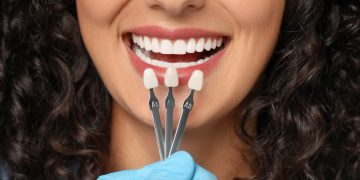










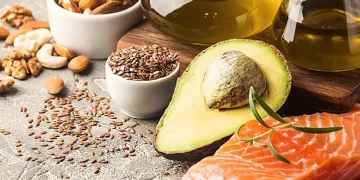





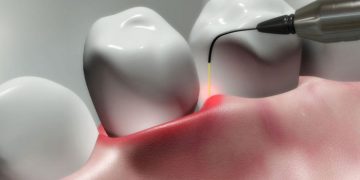


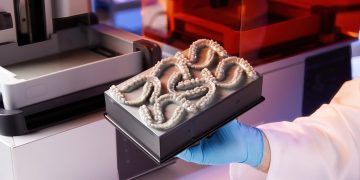

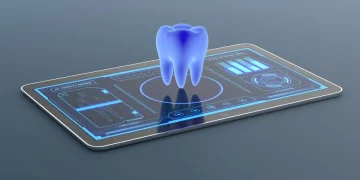
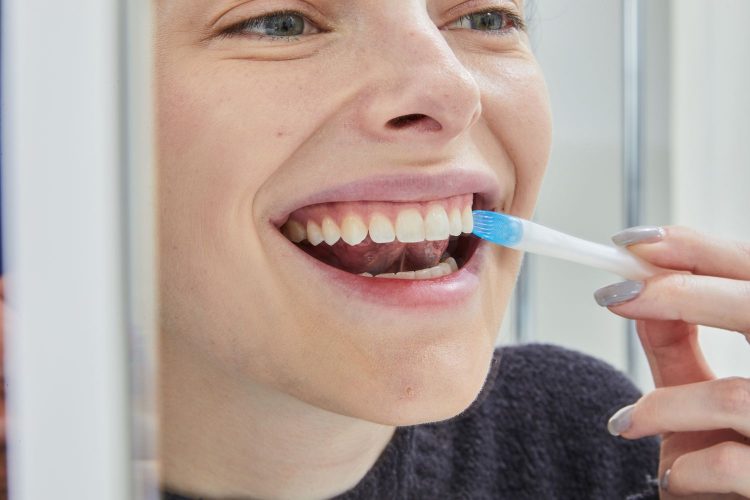













Discussion about this post